Key Takeaways
- Watering your seedlings correctly and frequently is vital for their health and development.
- The general rule for watering seedlings is to keep the soil moist but not soggy.
- The frequency and amount of water depend on various factors, such as the size of the container, the type of soil, the age of the seedlings, and the weather conditions.
- You can use bottom watering or top watering methods to water your seedlings, depending on your preference and convenience.
- You can also water your seedlings with a diluted fertilizer solution once they have developed their first true leaves, to provide them with essential nutrients and boost their growth.
- You should avoid common watering problems, such as damping off, soil erosion, waterlogging, salt buildup, and root burn, by following some simple tips and precautions.
Table of Contents
- How to Water Seedlings
- How Often to Water Seedlings
- How to Avoid Common Watering Problems
- Conclusion
Watering your seedlings may seem like a simple task, but it can make or break your gardening success. Seedlings are young plants that have sprouted from seeds, and they are very delicate and sensitive to their environment. They need the right amount of water to grow and thrive, but too much or too little water can cause various problems and even kill them.
In this article, you will learn how to water your seedlings correctly, how often to water them, what factors affect the watering frequency and amount, and how to avoid common watering problems. By following these tips, you will ensure that your seedlings grow into healthy and productive plants that will reward you with a bountiful harvest.
How to Water Seedlings
The basic principle of watering seedlings is to keep the soil moist but not soggy. Moist soil means that it feels damp to the touch, but not wet or sticky. Soggy soil means that it is saturated with water, and it may drip or puddle when you squeeze it. Moist soil provides enough water for the seedlings to absorb through their roots, while allowing some air to circulate in the soil. Soggy soil deprives the seedlings of oxygen, and it can also cause fungal diseases, root rot, and nutrient leaching.
To water your seedlings, you should use room-temperature water, as cold or hot water can shock the seedlings and damage their roots. You should also water gently and evenly, to avoid disturbing the soil and the seedlings. You can use a spray bottle, a watering can, or a soaker hose, depending on the size and type of the container and the seedlings. You should avoid using a hose or a faucet, as they can create too much pressure and wash away the soil and the seedlings.
There are two main methods of watering seedlings: bottom watering and top watering. Each method has its advantages and disadvantages, and you can choose the one that suits your preference and convenience.
Bottom Watering
Bottom watering is a method that involves placing the seedling tray in a larger tray filled with water and letting the soil absorb the water from the bottom. This can prevent overwatering, fungal diseases, and damage to the seedlings. However, it can also cause some drawbacks, such as uneven watering, salt buildup, and root growth outside the container.
To use bottom watering, you should follow these steps:
- Fill a larger tray with about an inch of water. You can use a baking sheet, a plastic tub, or any other shallow container that can fit your seedling tray.
- Place your seedling tray in the larger tray, and make sure that the bottom of the seedling tray touches the water.
- Wait for about 10 to 15 minutes, or until the top of the soil feels moist. You can check the moisture level by inserting your finger or a wooden stick in the soil.
- Remove the seedling tray from the larger tray, and let the excess water drain out. You can place the seedling tray on a rack or a towel to speed up the draining process.
- Repeat the process as needed, depending on the watering frequency and amount for your seedlings.
Some tips for using bottom watering are:
- You should use clean water and a clean tray for bottom watering, to avoid contamination and disease.
- You should not leave the seedling tray in the larger tray for too long, as it can cause waterlogging and root rot.
- You should not let the water level in the larger tray go below the bottom of the seedling tray, as it can cause the soil to dry out and the seedlings to wilt.
- You should flush the soil periodically, by watering from the top, to remove any salt buildup and prevent nutrient deficiency.
- You should trim any roots that grow outside the container, to prevent them from tangling and competing for water and nutrients.
Top Watering
Top watering is a method that involves sprinkling water on the top of the soil. This can help keep the soil surface moist and prevent crusting. However, it can also cause some problems, such as damping off, soil erosion, and waterlogging.
To use top watering, you should follow these steps:
- Fill a spray bottle or a watering can with room-temperature water. You should use a fine nozzle or a gentle spray, to avoid creating too much pressure and splashing.
- Hold the spray bottle or the watering can about 6 inches above the soil, and water the seedlings evenly and lightly. You should aim for the soil, not the leaves, to avoid wetting the foliage and causing fungal diseases.
- Water the seedlings until the water drains out from the bottom of the container. You should use a tray or a saucer to catch the excess water and prevent mess and waste.
- Empty the tray or the saucer after each watering, to avoid creating a stagnant pool of water that can attract pests and diseases.
- Repeat the process as needed, depending on the watering frequency and amount for your seedlings.
Some tips for using top watering are:
- You should water your seedlings in the morning or in the evening, to avoid evaporation and sunburn.
- You should water your seedlings slowly and gradually, to allow the water to soak into the soil and not run off the surface.
- You should water your seedlings deeply and thoroughly, to encourage the roots to grow deeper and stronger.
- You should not water your seedlings too frequently or too lightly, as it can cause the roots to grow shallow and weak.
- You should not water your seedlings too forcefully or too close, as it can cause the soil to erode and the seedlings to dislodge.
You can also water your seedlings with a diluted fertilizer solution once they have developed their first true leaves. True leaves are the leaves that look like the adult plant’s leaves, not the cotyledons that are the first leaves that emerge from the seed. Watering your seedlings with a fertilizer solution can provide them with essential nutrients and boost their growth. However, you should be careful not to overdo it, as it can also cause salt buildup and root burn.
To water your seedlings with a fertilizer solution, you should follow these steps:
- Choose a fertilizer that is suitable for seedlings, such as a balanced or a low-nitrogen fertilizer. You can use a liquid, a granular, or an organic fertilizer, depending on your preference and availability.
- Follow the instructions on the fertilizer package, and use half the recommended strength. For example, if the package says to use 1 tablespoon of fertilizer per gallon of water, use 1/2 tablespoon instead.
- Mix the fertilizer with room-temperature water, and stir well until it dissolves completely.
- Water your seedlings with the fertilizer solution, using either the bottom watering or the top watering method. You should water your seedlings with the fertilizer solution once every 7 to 14 days, depending on the type and the strength of the fertilizer.
- Water your seedlings with plain water before and after fertilizing, to prevent salt buildup and root burn. You should water your seedlings with plain water at least once a week, or more often if the soil feels dry.
How Often to Water Seedlings
There is no one-size-fits-all answer to how often to water seedlings, as the frequency and amount of water depend on various factors, such as the size of the container, the type of soil, the age of the seedlings, and the weather conditions. However, there are some general guidelines that you can follow to determine the watering frequency and amount for your seedlings.
The first and most important guideline is to check the soil daily, and water as needed. You can check the soil by inserting your finger or a wooden stick in the soil, and feeling the moisture level. If the soil feels dry, you should water your seedlings. If the soil feels moist, you should wait until it dries out a bit before watering. If the soil feels soggy, you should stop watering and let it dry out completely.
The second guideline is to use a soil moisture gauge, which is a device that measures the moisture level in the soil. You can insert the probe of the gauge into the soil, and read the scale or the display. The gauge will tell you if the soil is dry, moist, or wet, and you can water your seedlings accordingly. You can buy a soil moisture gauge online or at a garden center, and follow the instructions on how to use it.
The third guideline is to observe the signs of overwatering and underwatering, and adjust your watering accordingly. Overwatering and underwatering can cause various symptoms and problems for your seedlings, such as wilting, yellowing, drooping, curling, browning, or falling off of the leaves. You can identify the cause of the problem by checking the soil and the roots, and water your seedlings more or less, depending on the situation.
The table below summarizes the signs and causes of overwatering and underwatering for your seedlings, and how to fix them.
| Sign | Cause | Solution |
|---|---|---|
| Leaves are wilted, yellow, or brown. | The soil is too wet, and the roots are suffocated and rotting. | Stop watering and let the soil dry out completely. Remove any damaged or diseased seedlings. Repot the healthy seedlings in fresh and well-drained soil. |
| Leaves are drooping, curling, or falling off. | The soil is too dry, and the roots are dehydrated and shriveled. | Water your seedlings immediately and thoroughly. Mist the leaves with a spray bottle to increase the humidity. Move the seedlings to a cooler and shadier location. |
The fourth guideline is to follow some specific examples of how often to water seedlings in different scenarios, such as indoors, outdoors, in trays, in pots, during drought, in the morning, in the evening, in the winter, in the summer, in the spring, and in the fall. These examples are based on the average conditions and the general rules, and they may vary depending on your specific situation and environment. You should always check the soil and the seedlings before watering, and adjust your watering accordingly.
The table below summarizes the examples of how often to water seedlings in different scenarios.
| Scenario | How Often to Water Seedlings |
|---|---|
| Indoors | Water your seedlings once a day, or more often if the air is dry or the temperature is high. Use a spray bottle or a watering can, and water from the bottom or the top. |
| Outdoors | Water your seedlings once every 1 to 2 days, or more often if the weather is hot or windy. Use a soaker hose or a watering can, and water from the top. |
| In trays | Water your seedlings once a day, or more often if the trays are shallow or the cells are small. Use a spray bottle or a watering can, and water from the bottom or the top. |
| In pots | Water your seedlings once every 2 to 3 days, or more often if the pots are small or the drainage is poor. Use a watering can or a soaker hose, and water from the top. |
| During drought | Water your seedlings twice a day, or more often if the soil is dry or the seedlings are wilting. Use a soaker hose or a watering can, and water from the top. |
| In the morning | Water your seedlings in the early morning, before the sun rises or when it is still low. This will prevent evaporation and sunburn, and give the seedlings enough time to absorb the water before the heat of the day. |
| In the evening | Water your seedlings in the late evening, after the sun sets or when it is low. This will prevent evaporation and sunburn, and give the seedlings enough time to absorb the water before the night. |
| In the winter | Water your seedlings less frequently and less deeply, as the soil and the air are colder and the evaporation is slower. Water your seedlings once every 3 to 4 days, or less often if the soil is still moist. Use a spray bottle or a watering can, and water from the bottom or the top. |
| In the summer | Water your seedlings more frequently and more deeply, as the soil and the air are warmer and the evaporation is faster. Water your seedlings once every 1 to 2 days, or more often if the soil is dry or the seedlings are wilting. Use a soaker hose or a watering can, and water from the top. |
| In the spring | Water your seedlings moderately and regularly, as the soil and the air are mild and the evaporation is moderate. Water your seedlings once every 2 to 3 days, or more often if the weather is hot or windy. Use a spray bottle or a watering can, and water from the bottom or the top. |
| In the fall | Water your seedlings moderately and regularly, as the soil and the air are mild and the evaporation is moderate. Water your seedlings once every 2 to 3 days, or more often if the weather is dry or cold. Use a spray bottle or a watering can, and water from the bottom or the top. |
How to Avoid Common Watering Problems
Watering your seedlings incorrectly can cause various problems, such as damping off, soil erosion, waterlogging, salt buildup, and root burn. These problems can affect the health and the growth of your seedlings, and even kill them. You should avoid these problems by following some simple tips and precautions, and fix them if they occur.
Damping Off
Damping off is a fungal disease that affects seedlings and causes them to rot and die. It is caused by various fungi, such as Pythium, Rhizoctonia, and Fusarium, that thrive in wet and poorly drained soil. It can also spread through contaminated water, soil, containers, tools, or seeds.
The symptoms of damping off include:
- The seedlings fail to germinate or emerge from the soil.
- The seedlings wilt, collapse, or fall over at the soil level.
- The seedlings develop a dark, slimy, or sunken lesion at the base of the stem.
- The seedlings turn brown, black, or gray, and decay.
To prevent damping off, you should:
- Use sterile soil, clean containers, and fresh seeds for your seedlings.
- Provide good drainage and ventilation for your seedlings.
- Avoid overwatering and overcrowding your seedlings.
- Water your seedlings from the bottom, and avoid wetting the foliage.
- Use a fungicide or a natural remedy, such as chamomile tea, cinnamon, or garlic, to treat the soil and the seedlings.
To fix damping off, you should:
- Remove and dispose of any infected or dead seedlings, and isolate any healthy seedlings.
- Repot the healthy seedlings in fresh and sterile soil, and clean and disinfect the containers and the tools.
- Apply a fungicide or a natural remedy to the soil and the seedlings, and follow the preventive measures.
Soil Erosion
Soil erosion is the loss of soil due to water, wind, or gravity. It can affect the seedlings by exposing their roots, washing away their nutrients, or burying them under the soil. It can also cause soil compaction, crusting, or runoff, which can reduce the water infiltration and the aeration of the soil.
The causes of soil erosion include:
- Watering too forcefully or too close to the soil surface, which can create splashes or streams of water that dislodge the soil particles.
- Watering too frequently or too lightly, which can create a thin layer of water on the soil surface that can carry away the soil particles.
- Using a coarse or a sandy soil, which can be easily eroded by water or wind.
- Planting the seedlings too shallowly or too deeply, which can expose their roots or cover their stems with soil.
To prevent soil erosion, you should:
- Water your seedlings gently and evenly, using a fine nozzle or a gentle spray, and aim for the soil, not the leaves.
- Water your seedlings deeply and thoroughly, to encourage the water to soak into the soil and not run off the surface.
- Use a fine or a loamy soil, which can hold more water and resist erosion.
- Plant your seedlings at the right depth, which is usually the same as the depth of the seed in the soil.
- Add some organic matter, such as compost, peat moss, or coco coir, to the soil, to improve its structure and water retention.
- Mulch the soil surface with some straw, bark, or gravel, to protect it from water and wind erosion.
To fix soil erosion, you should:
- Repot your seedlings in fresh and well-drained soil, and add some organic matter and mulch to the soil surface.
- Water your seedlings carefully and moderately, and follow the preventive measures.
Waterlogging
Waterlogging is the condition of having too much water in the soil, which can reduce the oxygen and the nutrient availability for the seedlings. It can affect the seedlings by causing root rot, nutrient deficiency, stunted growth, or death. It can also attract pests and diseases, such as fungus gnats, slugs, snails, and molds.
The causes of waterlogging include:
- Overwatering your seedlings, which can saturate the soil with water and prevent it from draining properly.
- Using a poorly drained soil, which can retain too much water and create a waterlogged environment.
- Using a container without drainage holes, which can trap the excess water and prevent it from escaping.
- Placing the container in a tray or a saucer with water, which can create a stagnant pool of water that can seep into the soil.
To prevent waterlogging, you should:
- Water your seedlings only when the soil feels dry, and water them deeply and thoroughly, to encourage the water to drain out from the bottom of the container.
- Use a well-drained soil, which can allow the water to flow through the soil and not accumulate in the soil.
- Use a container with drainage holes, which can let the excess water escape and prevent it from pooling in the container.
- Empty the tray or the saucer after each watering, and do not let the container sit in water for too long.
To fix waterlogging, you should:
- Stop watering your seedlings until the soil dries out completely, and let the excess water drain out from the container.
- Remove and dispose of any infected or dead seedlings, and isolate any healthy seedlings.
- Repot the healthy seedlings in fresh and well-drained soil, and use a container with drainage holes.
- Water your seedlings carefully and moderately, and follow the preventive measures.
Salt Buildup
Salt buildup is the accumulation of salts in the soil, which can occur due to evaporation, fertilization, or irrigation. It can affect the seedlings by causing nutrient imbalance, root burn, leaf scorch, or death. It can also reduce the water absorption and the aeration of the soil.
The symptoms of salt buildup include:
- The soil surface has a white, crusty, or powdery appearance.
- The soil feels hard, compacted, or sticky.
- The seedlings have brown, yellow, or white spots or edges on their leaves.
- The seedlings have stunted, distorted, or wilted growth.
To prevent salt buildup, you should:
- Water your seedlings deeply and thoroughly, to flush out the excess salts from the soil and prevent them from concentrating in the soil.
- Water your seedlings with plain water before and after fertilizing, to dilute the fertilizer solution and prevent it from burning the roots.
- Use half the recommended strength of fertilizer, and fertilize your seedlings only once every 7 to 14 days, to avoid overloading the soil with salts.
- Use a low-salt or an organic fertilizer, which can provide the nutrients without adding too much salt to the soil.
To fix salt buildup, you should:
- Water your seedlings with plain water several times, to leach out the excess salts from the soil and restore the soil balance.
- Remove and dispose of any infected or dead seedlings, and isolate any healthy seedlings.
- Repot the healthy seedlings in fresh and low-salt soil, and use a low-salt or an organic fertilizer.
- Water your seedlings carefully and moderately, and follow the preventive measures.
Root Burn
Root burn is the damage or the death of the roots due to excess fertilizer, salt, or water. It can affect the seedlings by causing nutrient deficiency, wilting, yellowing, or death. It can also reduce the water absorption and the aeration of the soil.
The symptoms of root burn include:
- The roots are brown, black, or mushy.
- The roots are short, thin, or brittle.
- The roots have a foul or a rotten smell.
- The seedlings have yellow, brown, or curled leaves.
- The seedlings have stunted, weak, or wilted growth.
To prevent root burn, you should:
- Water your seedlings with plain water before and after fertilizing, to dilute the fertilizer solution and prevent it from burning the roots.
- Use half the recommended strength of fertilizer, and fertilize your seedlings only once every 7 to 14 days, to avoid overloading the soil with salts and nutrients.
- Use a balanced or a low-nitrogen fertilizer, which can provide the nutrients without stimulating too much growth and stress for the seedlings.
- Avoid overwatering or underwatering your seedlings, which can cause the roots to rot or dry out.
To fix root burn, you should:
- Water your seedlings with plain water several times, to flush out the excess fertilizer, salt, or water from the soil and the roots.
- Remove and dispose of any infected or dead seedlings, and isolate any healthy seedlings.
- Trim any damaged or diseased roots, and repot the healthy seedlings in fresh and well-drained soil.
- Water your seedlings carefully and moderately, and follow the preventive measures.
Conclusion
Watering your seedlings correctly and frequently is vital for their health and development. By following the guidelines and tips in this article, you will be able to provide your seedlings with the right amount of water and avoid common watering problems. This will ensure that your seedlings grow into strong and productive plants that will reward you with a bountiful harvest.
We hope you found this article helpful and informative. If you have any questions or comments, please feel free to leave them below. We would love to hear from you. And if you want to learn more about how to grow your own plants from seeds, check out our other articles on seed starting, germination, and transplanting. Happy gardening!

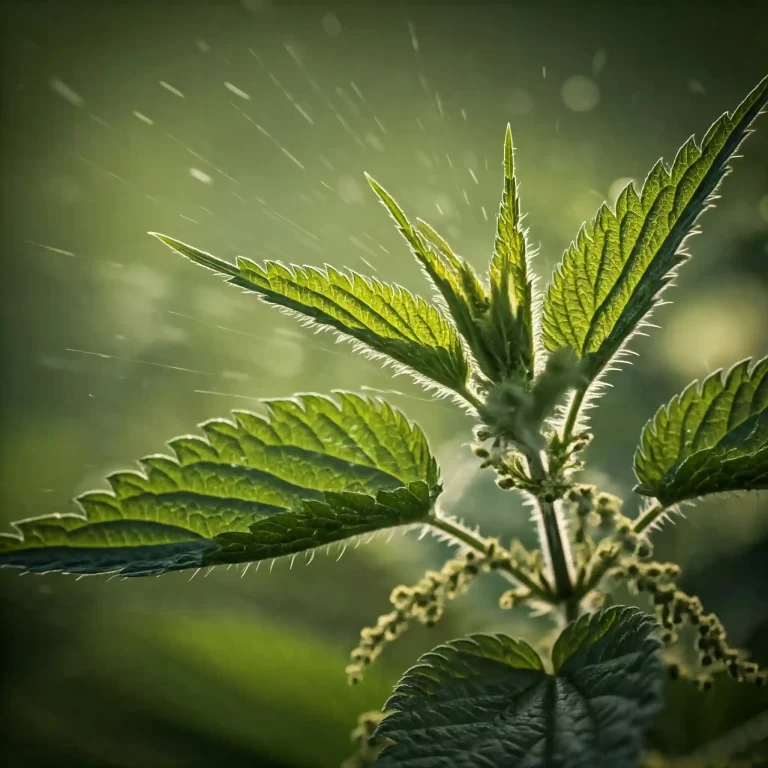
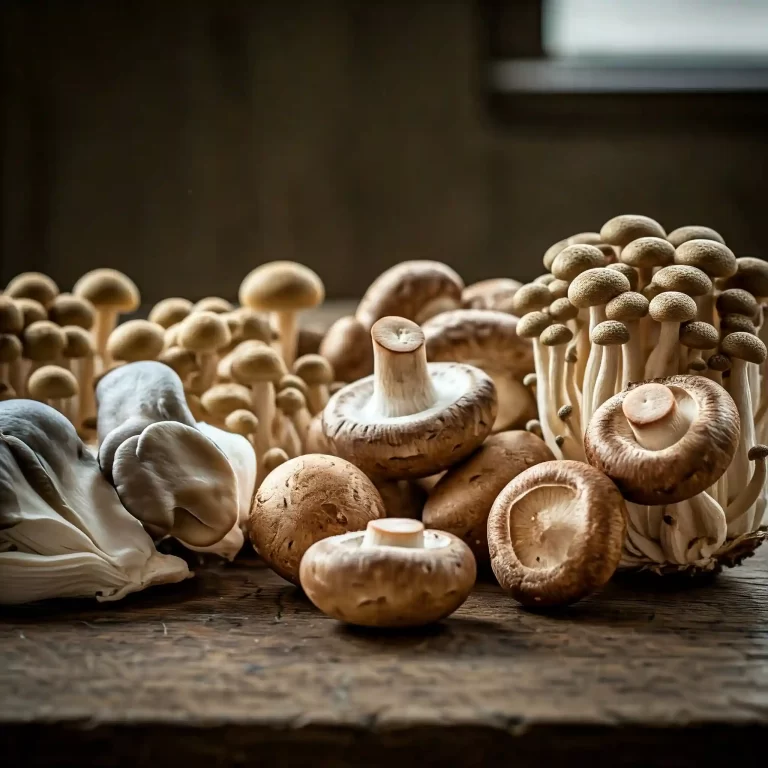
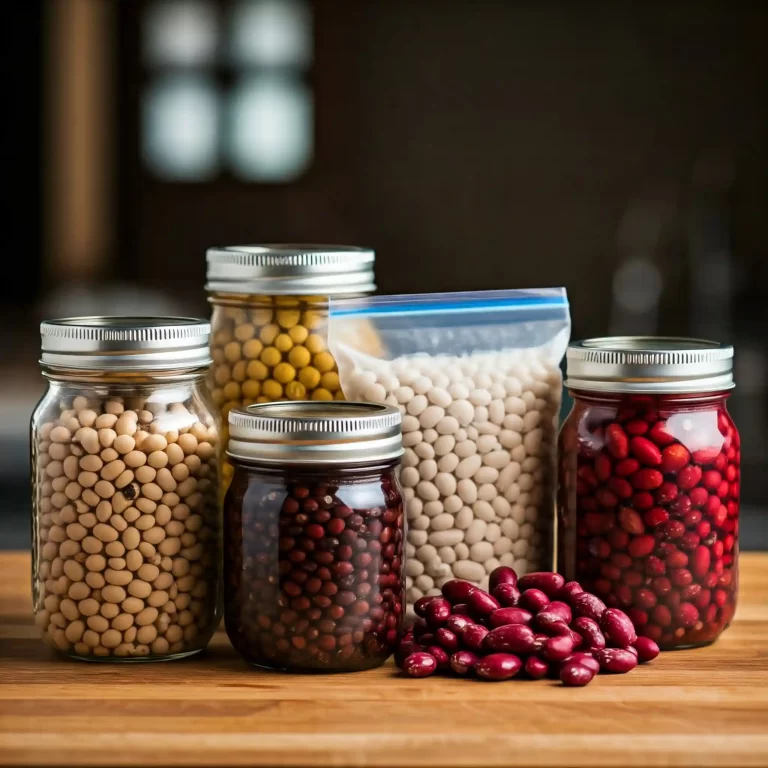
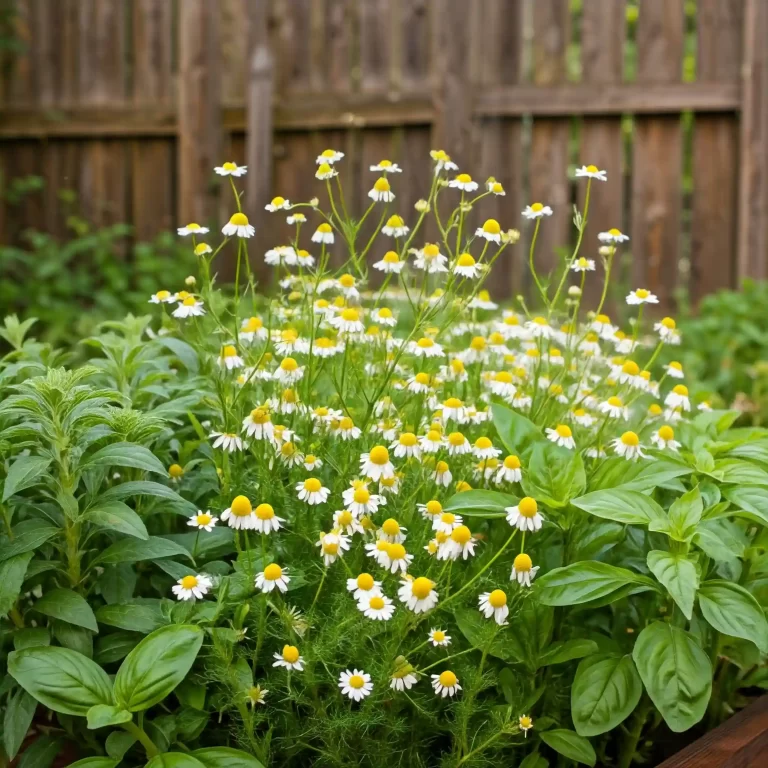
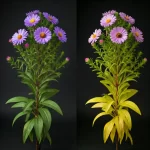
[…] sprout, remove the cover and move the tray to a brighter spot, but still avoid direct sunlight. Water the seedlings sparingly and carefully, as they are very delicate and prone to […]